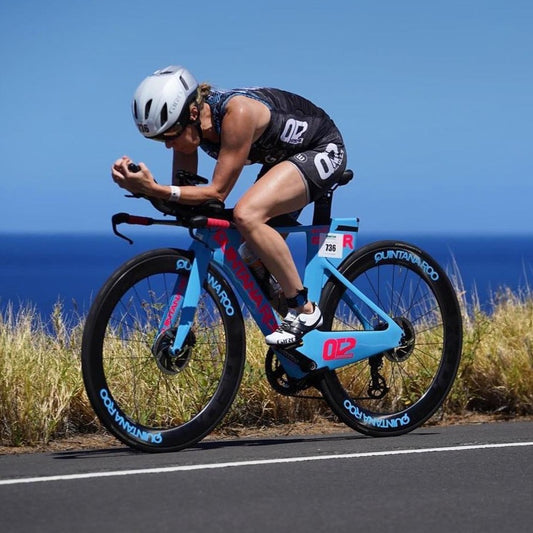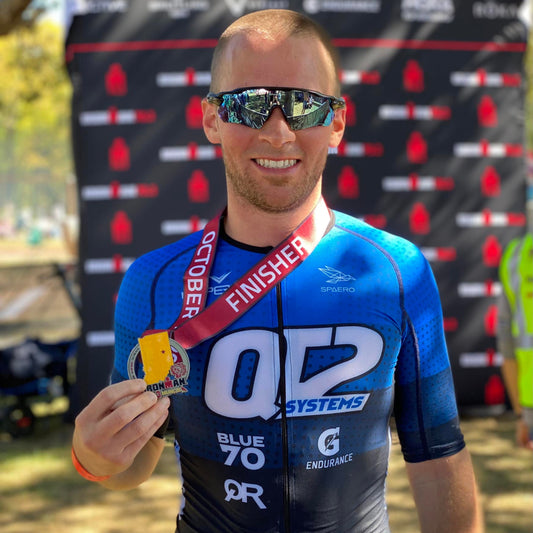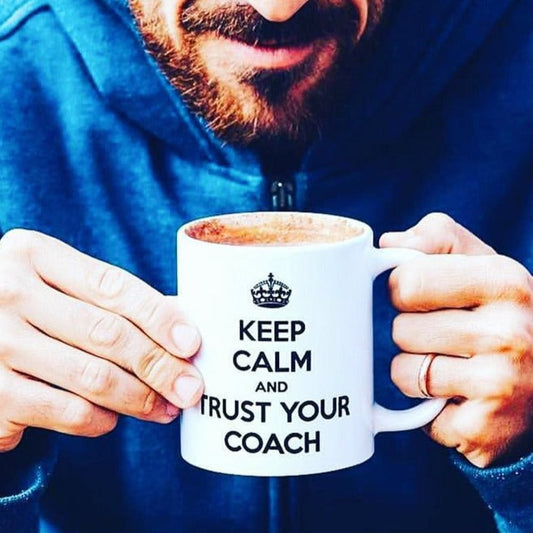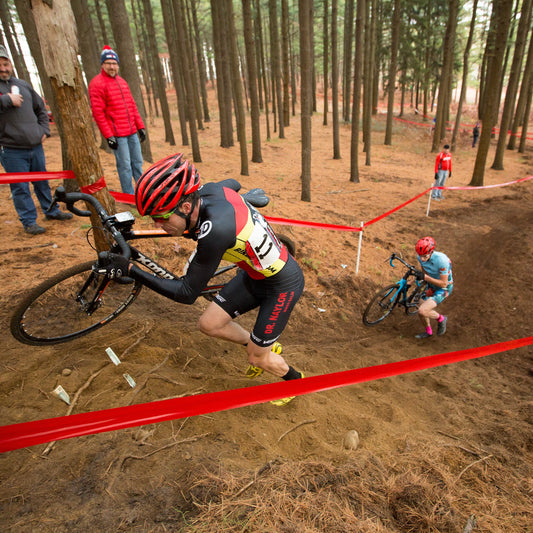Overview of the Independent Grinder
The Independent Grinder is self-reliant, disciplined, and internally motivated. They thrive on routine, structure, and personal accountability. They do not need external validation to stay on track and often hold themselves to incredibly high standards.
However, their strengths can also be their challenges. Their rigid nature can lead to burnout, resistance to change, and difficulty adapting when circumstances require flexibility. They may also struggle with recognizing when rest and recovery are just as important as pushing forward.
As a coach, your role is to optimize their discipline while helping them build adaptability and self-awareness.
How to Get the Most Out of an Independent Grinder
1. Give Them a Clear Plan & Let Them Run with It
✅ Why It Works:
- They crave structure and routine—a detailed, well-organized plan helps them thrive.
- They take ownership of their training and don’t need hand-holding.
- They respect logical, well-thought-out strategies.
✅ How to Do It:
- Provide a clear, structured training plan with defined phases and progressions.
- Use data and metrics (e.g., heart rate, pace, power, TSS) to reinforce their progress.
- Set specific, measurable goals that they can chase on their own.
- Give them a reason for every aspect of the plan—Grinders respect logical justifications.
🚀 Example:
- Instead of saying, "Take an easy day," say, "Your recovery today will increase your power output in Saturday’s workout."
- Instead of saying, "Let’s experiment with a new fueling strategy," say, "Based on your past training logs, adjusting your carb intake from 60g/hr to 75g/hr may improve your endurance in the second half of the race."
2. Help Them Avoid Overtraining & Burnout
⚠️ The Risk:
- They will push through fatigue, injuries, and mental burnout because they believe effort is everything.
- They struggle to listen to their bodies—rest days feel like wasted opportunities.
- They may plateau or regress because they refuse to back off when needed.
✅ How to Do It:
- Use objective data (HRV, resting HR, power trends, RPE tracking) to show when fatigue is building up.
- Build planned deload weeks into their schedule before they think they need them.
- Reinforce that rest is an investment in performance, not a sign of weakness.
- Keep recovery metrics in their logs—this makes it feel like a task rather than something "soft" or unnecessary.
🚀 Example:
- "Your HRV has been trending down for three days. Let’s schedule a lower-intensity session so we can keep your long-term gains on track."
- "Think of recovery like fueling—if you don't give your body what it needs, your training will break down."
3. Build in Small Adaptability Challenges
⚠️ The Risk:
- Grinders struggle when things don’t go according to plan.
- If they can’t execute their training exactly as scheduled, they may feel like they’ve failed.
- Races are unpredictable—if something goes wrong, they might mentally unravel.
✅ How to Do It:
- Occasionally introduce controlled disruptions (e.g., adjusting start times, switching workouts, training in different conditions).
- Teach problem-solving skills in training: "If your power meter fails, what will you do?"
- Encourage alternative pathways: "If the pool is closed, what’s the next best option?"
- Frame adaptability as a skill they must train—just like endurance, strength, or speed.
🚀 Example:
- "We're going to move your long run to Wednesday this week to simulate unexpected race conditions. How do you adjust your recovery and fueling plan?"
- "Next ride: No power meter. Go entirely by feel. Let’s see how well you can gauge intensity without numbers."
4. Minimize Fluff – Keep Feedback Direct & Actionable
⚠️ The Risk:
- They don’t need emotional pep talks—they prefer facts, feedback, and problem-solving.
- Too much subjective, vague advice frustrates them.
- They value efficiency—if communication feels like a waste of time, they disengage.
✅ How to Do It:
- Keep feedback concise and objective:
- 🟢 Good: "Your run cadence was slightly lower than usual in the last 5 miles. Let’s tweak that next time."
- 🔴 Bad: "You looked a little off at the end of your run—everything okay?"
- Offer solutions, not just observations:
- "Your power dropped 10% in the last interval. Let’s adjust your pacing strategy next time."
- Use data-driven insights rather than subjective motivation.
🚀 Example:
- "Your training is trending 5% above last cycle—you're in a great place leading into race prep."
- "Your long ride execution was strong, but your hydration was low. Let's fix that before your next brick session."
5. Establish Trust Before Offering Big Changes
⚠️ The Risk:
- They don’t accept new training ideas easily—they want proof.
- If a coach seems inconsistent, vague, or unsure, they tune out.
- They respect expertise, logic, and consistency—not guesswork.
✅ How to Do It:
- Start small—introduce minor adjustments before suggesting major shifts.
- Use case studies, past data, or sports science to justify changes.
- Allow them to ask questions—Grinders are thinkers, not blind followers.
- Reinforce that evolution is necessary: "Even the best endurance athletes refine their methods over time."
🚀 Example:
- "Let’s add one low-cadence strength block to your cycling per week. Studies show this can improve muscular endurance for long-course racing. We’ll track your power curve to see how it affects you."
- "You’re hitting a plateau with your run paces. Adding strides twice a week should improve leg turnover without adding fatigue."
What to Avoid When Coaching an Independent Grinder
❌ Over-motivating or excessive cheerleading
- They don’t need hype—they need strategy, execution, and efficiency.
❌ Being too vague or general in feedback
- "Good job!" won’t cut it. They want specifics.
❌ Changing their plan too frequently without clear reasoning
- If they commit to something, they expect to see it through. Too many adjustments without justification will frustrate them.
❌ Forcing unnecessary social elements
- Group workouts, excessive team-building, or emotional pep talks don’t resonate. They train for self-improvement, not community validation.
❌ Letting them overtrain unchecked
- If left to their own devices, they will grind themselves into the ground. Your job is to protect them from themselves.
Summary: Coaching the Independent Grinder
✅ Provide structure – They thrive on routine and clear plans.
✅ Help them prevent burnout – Data-driven rest strategies keep them from overtraining.
✅ Teach adaptability – Controlled disruptions improve their race-day flexibility.
✅ Keep feedback efficient – Clear, concise, and actionable insights work best.
✅ Gain their trust – Use logic, science, and progression to introduce new ideas.
Final Thought: Coaching a Grinder is Like Refining a Machine
They don’t need motivation—they need optimization. If you can fine-tune their discipline and adaptability, they will become unstoppable endurance athletes. 🚀









